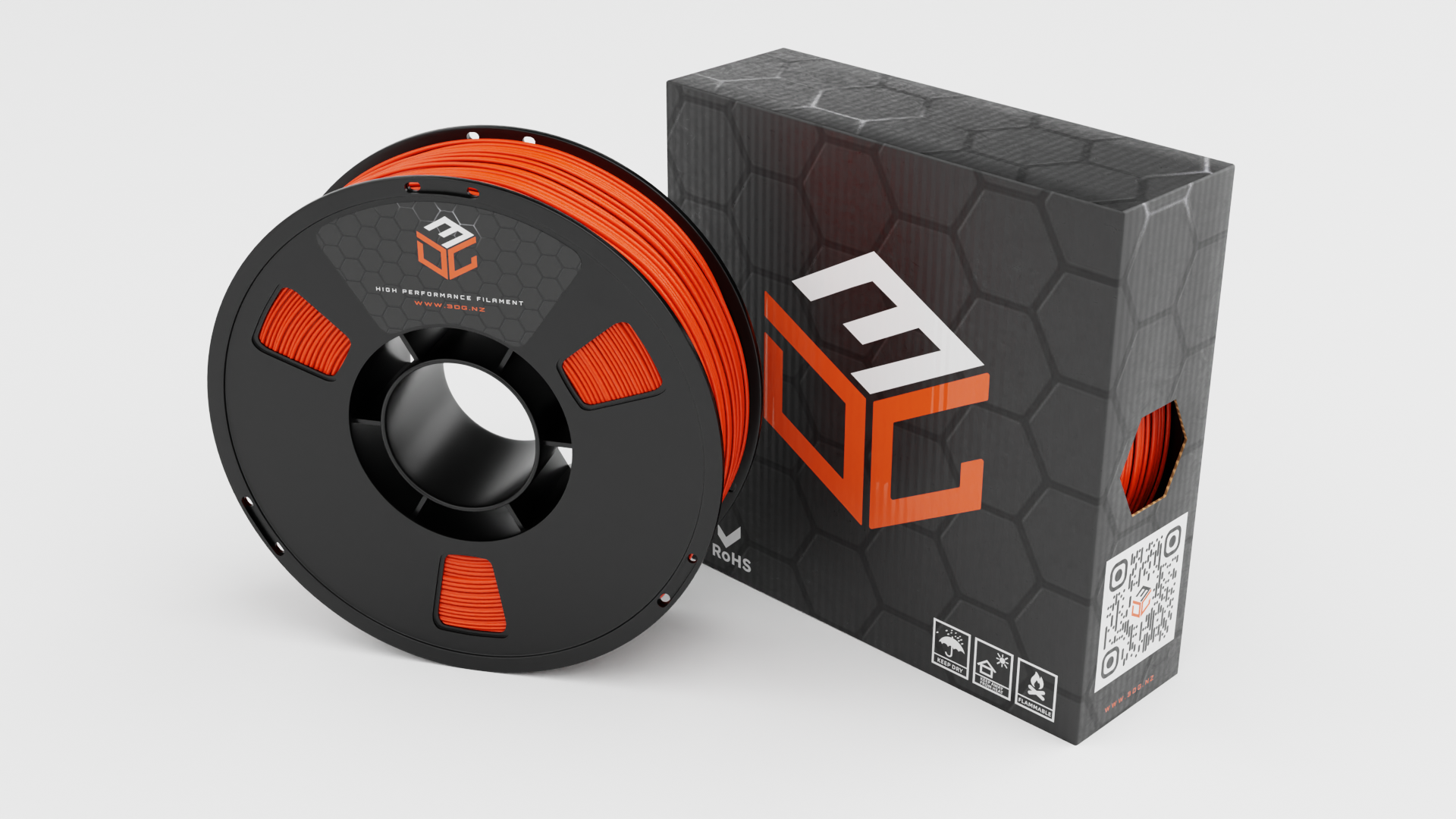 Image 1 of 47
Image 1 of 47

 Image 2 of 47
Image 2 of 47

 Image 3 of 47
Image 3 of 47

 Image 4 of 47
Image 4 of 47

 Image 5 of 47
Image 5 of 47

 Image 6 of 47
Image 6 of 47

 Image 7 of 47
Image 7 of 47

 Image 8 of 47
Image 8 of 47

 Image 9 of 47
Image 9 of 47

 Image 10 of 47
Image 10 of 47

 Image 11 of 47
Image 11 of 47

 Image 12 of 47
Image 12 of 47

 Image 13 of 47
Image 13 of 47

 Image 14 of 47
Image 14 of 47

 Image 15 of 47
Image 15 of 47

 Image 16 of 47
Image 16 of 47

 Image 17 of 47
Image 17 of 47

 Image 18 of 47
Image 18 of 47

 Image 19 of 47
Image 19 of 47

 Image 20 of 47
Image 20 of 47

 Image 21 of 47
Image 21 of 47

 Image 22 of 47
Image 22 of 47

 Image 23 of 47
Image 23 of 47

 Image 24 of 47
Image 24 of 47

 Image 25 of 47
Image 25 of 47

 Image 26 of 47
Image 26 of 47

 Image 27 of 47
Image 27 of 47

 Image 28 of 47
Image 28 of 47

 Image 29 of 47
Image 29 of 47

 Image 30 of 47
Image 30 of 47

 Image 31 of 47
Image 31 of 47

 Image 32 of 47
Image 32 of 47

 Image 33 of 47
Image 33 of 47

 Image 34 of 47
Image 34 of 47

 Image 35 of 47
Image 35 of 47

 Image 36 of 47
Image 36 of 47

 Image 37 of 47
Image 37 of 47

 Image 38 of 47
Image 38 of 47

 Image 39 of 47
Image 39 of 47

 Image 40 of 47
Image 40 of 47

 Image 41 of 47
Image 41 of 47

 Image 42 of 47
Image 42 of 47

 Image 43 of 47
Image 43 of 47

 Image 44 of 47
Image 44 of 47

 Image 45 of 47
Image 45 of 47

 Image 46 of 47
Image 46 of 47

 Image 47 of 47
Image 47 of 47
















































PETG+
Product specifications:
Brand: 3DG
Material: PETG+
Diameter: 1.75 mm
Tolerance: +/- 0.03 mm
Weight: 1 KG
Print temperature: 210℃-240℃
Print speed: 30-80 mm/s
Base plate temperature: 65-80℃ recommended. Spool weight: 153.6g
Length: 330 m
Note: 3DG PETG+ has considerably less stringing than other brands and more of a matte finish
Product specifications:
Brand: 3DG
Material: PETG+
Diameter: 1.75 mm
Tolerance: +/- 0.03 mm
Weight: 1 KG
Print temperature: 210℃-240℃
Print speed: 30-80 mm/s
Base plate temperature: 65-80℃ recommended. Spool weight: 153.6g
Length: 330 m
Note: 3DG PETG+ has considerably less stringing than other brands and more of a matte finish
Product specifications:
Brand: 3DG
Material: PETG+
Diameter: 1.75 mm
Tolerance: +/- 0.03 mm
Weight: 1 KG
Print temperature: 210℃-240℃
Print speed: 30-80 mm/s
Base plate temperature: 65-80℃ recommended. Spool weight: 153.6g
Length: 330 m
Note: 3DG PETG+ has considerably less stringing than other brands and more of a matte finish
About PETG+:
PETG+ is a very tough material with good thermal resistance. Its use is universal but especially suitable for mechanical parts and both indoor and outdoor use. PETG+ has almost no warping, so printing large objects isn’t a problem.
PETG is one of our favourite materials for 3D printing. It’s almost as easy to print as PLA+, but it can offer many mechanical properties that PLA prints just cannot achieve. The G in the acronym PETG stands for Glycol which is added during the manufacturing process. Glycol modifies the properties of PET, so that it’s easier to print, less brittle and clearer when printing with semi-transparent variants. PETG has low thermal expansion, so even when printing big objects, and without an enclosure, it rarely lifts from the bed and warps. In addition to that, PETG is ductile. It has a healthy amount of flex which can prevent parts from breaking under pressure.
Unlike PLA or ASA, PETG tends to ooze a bit and may leave strings of plastic on your print. You can fight this with increasing retraction and playing with hotend temperature, we find a retraction speed of 30mm/sec and 1.5mm of retraction for direct drive or 4 to 6mm for Bowden setups does the trick to keep the amount of stringing minimal. If you witness a tiny bit of stringing anyway, you can get rid of it by quickly blasting your finished prints with a heat gun / lighter.
If you can handle the slight oozing and strong adhesion, you’ll be left with a very durable print, that is considerably temperature resistant and usable for both indoor and outdoor use.
